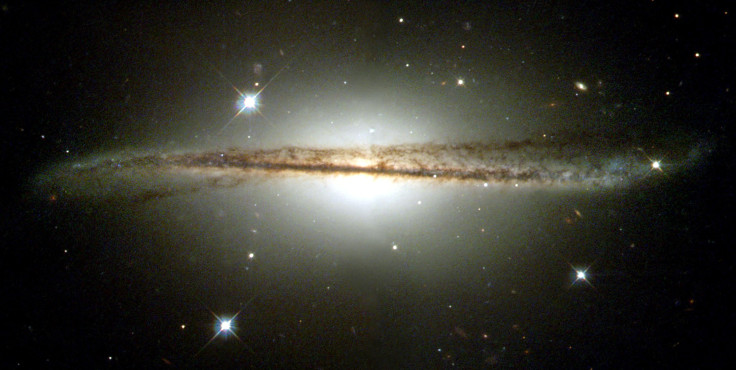Here's When Our Milky Way Will Collide With Andromeda Galaxy; What Happens To Earth?

The Milky Way Galaxy will eventually crash into the Andromeda Galaxy in a monster collision, but that won't happen for another few billion years, according to scientists.
In a new study based on data from Europe's Gaia spacecraft and now published in the Astrophysical Journal, scientists estimated that in about 4.5 billion years, our Milky Way will collide with its fellow spiral galaxy. This is much later than what previous estimates predicted, which was about 3.9 billion years before the collision would happen.
Gaia project scientist Timo Prusti said in a statement that this discovery is an important step forward in unlocking the mysteries of galaxies' evolution and interaction. The scientist was not involved in the study.
In December 2013, the Gaia spacecraft was launched with the goal of helping scientists construct the most detailed and accurate 3D map of the Milky Way galaxy. The Gaia mission team is aiming to track over a billion stars and other cosmic objects before Gaia retires. For now, the spacecraft continues to precisely monitor the positions and movements of stars and other objects within the Milky Way Galaxy and nearby galaxies.
The new estimated collision date of the Milky Way and Andromeda was reached after scientists studied stars in our galaxy, in Andromeda (which is also designated as M31) and in the Triangulum galaxy (also known as M33). The Andromeda and the spiral Triangulum are about 2.5 million to 3 million light-years away from the Milky Way, and according to the study's author's, the three are interacting with each other.
With the help of findings from Gaia, the researchers were able to figure out how the Andromeda and Triangulum galaxies have moved through space in the past and reached a conclusion as to where they will likely head in the next few billion years.
"We needed to explore the galaxies' motions in 3D to uncover how they have grown and evolved and what creates and influences their features and behavior," lead author Roeland van der Marel, of the Space Telescope Science Institute in Baltimore, said in the same article.
"We were able to do this using the second package of high-quality data released by Gaia," van der Marel added, referring to observations published in April 2018.
But while you may expect a cataclysmic collision that will wipe out Earth, scientists said the solar system won't actually feel it happening due to the enormous distances between stars. Based on the researchers' models, the "collision" may be more of a sideswipe. At most, the Earth's sky will be lit up by the "crash" 4.5 billion years from now.
"Gaia was designed primarily for mapping stars within the Milky Way — but this new study shows that the satellite is exceeding expectations and can provide unique insights into the structure and dynamics of galaxies beyond the realm of our own," Prusti said. "The longer [that] Gaia watches the tiny movements of these galaxies across the sky, the more precise our measurements will become."
But the collision with Andromeda won't be the first for our galaxy. A recent study found that the Large Magellanic Cloud and our galaxy will collide much sooner in around 2.5 billion years from now.
© Copyright IBTimes 2025. All rights reserved.





















